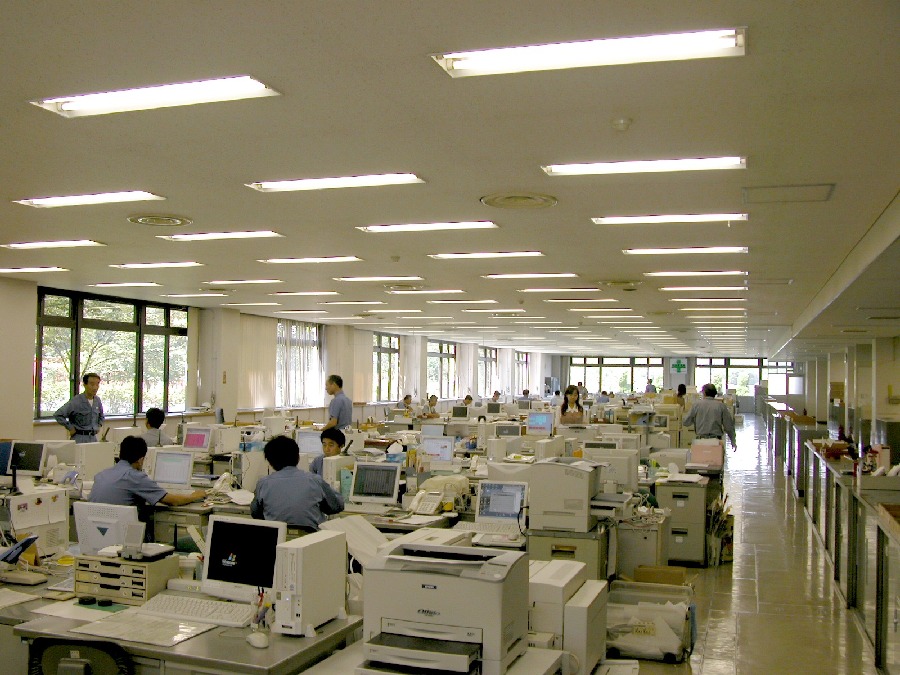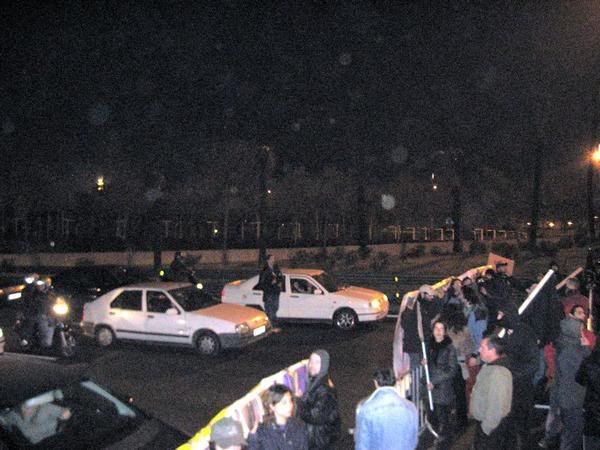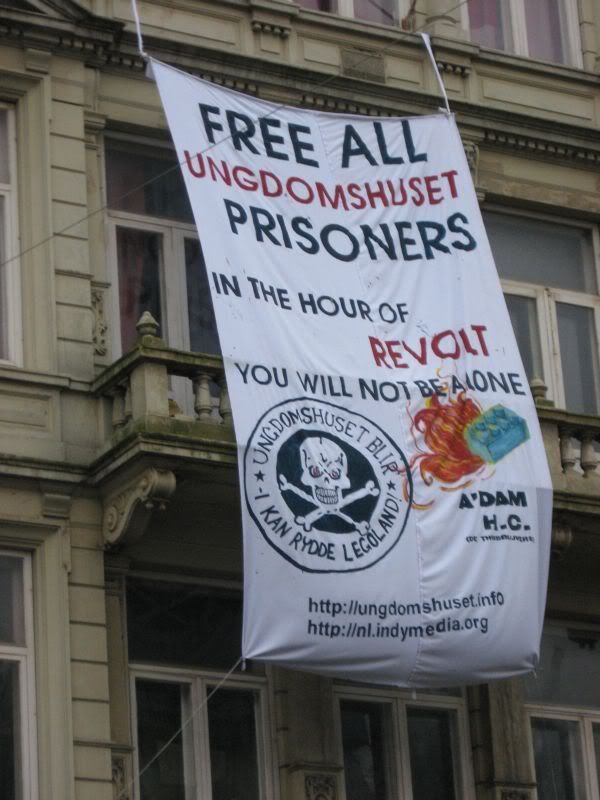The anatomy of a typical article on GPS
Most articles on the topic of GPS and other similar technologies extol their supposed virtues and, on the rare occasions when they do address the downsides of being tracked all the time, it's generally within the context of the justifiable inconvenience it will cause some allegedly deserving minority, such as a criminal or an immigrant. When slightly broader dissent is permitted, the dominant criticism tends to be of the "what if the technology still doesn't track everything" variety. Further, the tech is always treated with a sort of inevitability, as if it's not even worth entertaining the idea of saying no to these invasive intrusions. Progress is inevitable, we are told. It's a natural phenomenon, not a political one. With a dialectic like that, it's easy to see where the debate on these technologies is heading.
So, here's a lesson from a typical GPS article. In his recent piece, Tennessean.com staff writer, Christian Bottorff explains the latest promising developments in GPS tracking. True to form, Bortoff starts off the article with the case of an alleged child rapist.
When child-rape suspect Jeremy Duffer escaped from home detention a year ago while wearing an electronic ankle bracelet, Metro officials partly blamed the limited information they received from the monitoring equipment.Now that we are sufficiently primed to dislike the subject of the article - and to see ourselves as quite apart and separate from him (and thus not likely to find ourselves in his situation) - the solution (GPS) to the problem of the current system is trotted out. One of the those rare occasions where criticism of technology is relatively common in the news is when it's time to replace an old one with a more efficient one.
Now Metro is taking bids for new equipment that uses global positioning system technology to transmit the precise location of home arrest prisoners.
The current system only notifies authorities when a detainee moves a certain distance from a receiver installed in the prisoner's home.With our fear of crime now fully engaged, the writer can now use precedent to allay any remaining fears we may have that the new application of the more efficient technology might spread to us (something that may cause us to object to its implementation):
Duffer was given permission to leave his home for a lawyer's appointment, and no one noticed for hours that he had failed to show up.
Under the new [GPS] system, authorities would know if a prisoner strays from authorized routes or locations.
"We will be given more information to work with, in order to bring them back into custody," said Davidson County General Sessions Judge Gloria Dumas, who as presiding judge oversees the Metro Probation Department.
The system could be particularly useful in child abuse or domestic violence cases, where authorities would know immediately if a subject violates orders to remain a certain distance from a victim, Dumas said.
The Tennessee Board of Probation and Parole already uses GPS to track about 350 sex offenders statewide.So, there's no reason to fear, we're reassured: this technology has been in use for some time, so expanding it further is no big deal. Of course, we were never asked in the first place whether we wanted the technology to be used, but that's no matter. What counts is that it's already in use, not that we ever had any say about it. Despite the fact that such changes affect our lives in far-reaching ways at times even surpassing the law-making power of politicians and bureaucrats, the development and implementation of technology is not considered in the realm of democratic input. Leave that up to the experts (a group that, like pedophiles, is also unlike you, but whom you are supposed to trust wholeheartedly).
The system has been in place for about a year, and state officials are considering expanding the $2.3 million monitoring program to more home detainees, said Jack Elder, spokesman for the state's Board of Probation and Parole.
But, GPS is not without potential problems, Bottorff reminds us. There are critics of the new technology, and any real reporter would be derelict not to give them space to make their point.
And despite the intensive tracking, there have been a few instances when offenders have slipped away, requiring officers to take out warrants.And so, with that, the article has come to a close. Criticism has been permitted, but it is of the kind that actually furthers the state and capitalist project of tracking and monitoring every human all the time. After all, who would come to the defense of pedophiles and wife-beaters?
"It is a tool, but it is not foolproof," said Kirk Smith, correctional program director of the state's GPS satellite program. "If the offender is determined to remove their bracelets, they can do so. … Until we can get to a point where we're embedding chips in people, I don't think we will find a way that is completely foolproof."
Labels: big brother, gps











